1.1: Data, information and knowledge
Data, information and knowledge
Sources of data, information and knowledge
Interaction of data, information and knowledge
Data and information in society

1.2: Big data
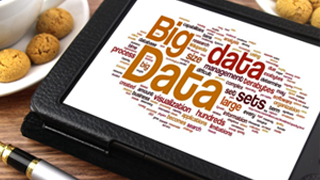
1.3: Data and file formats
American Standard Code for Information Interchange (ASCII)
Audio file formats
Extensible Markup Language
JavaScript Object Notation (JSON)
Numeric and plain text data formats
Image file formats
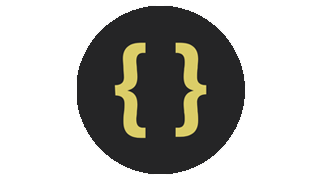
1.4: Data and classifications
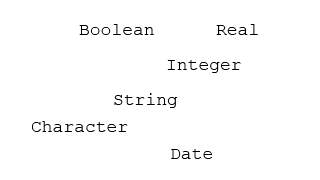
2.1: Data lifecycle management (DLM) and the data analytics pipeline
The five phases of the data lifecycle
Data analytics pipelines
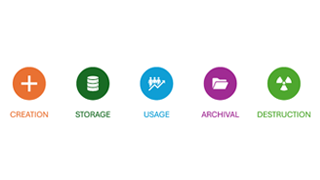
2.2: Creation and capture
Data assurance considerations
Data gathering methods 1
Data gathering methods 2
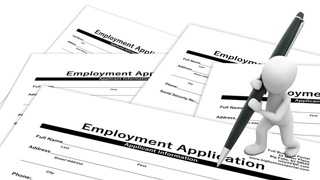
2.3: Storage
Data states and stores
Data storage
On-site storage
Cloud storage
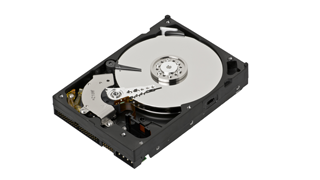
2.4: Data transformation

2.5: Usage and analytics

2.6: Usage and visualisation
Presenting data
Visualisation methods 1
Visualisation methods 2
Graphs and charts
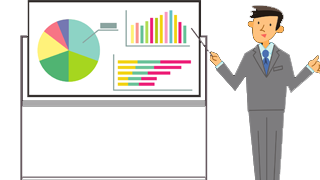
2.7: Archival

2.8: Destruction
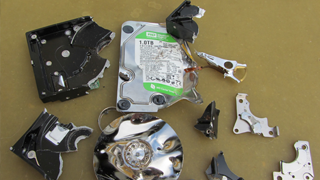
3.1: Application Programming Interfaces (API)
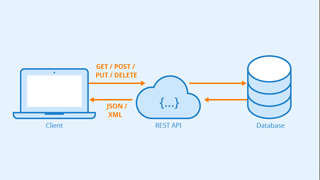
3.2: User access controls

3.3: Permissions

4.1: Legislation and the role of the ICO when using data
Computer Misuse Act (CMA)
Data Protection Act (DPA)
Freedom of Information Act (FOIA)
UK General Data Protection Legislation (UK GDPR)
Privacy and Electronic Communications Regulations (PECR)
Information Commissioner's Office (ICO)
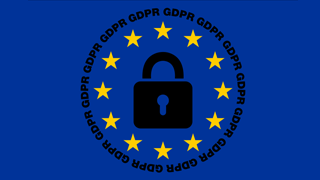
5.1: Job roles related to data analytics

5.2: Personal attributes

5.3: Communication skills
